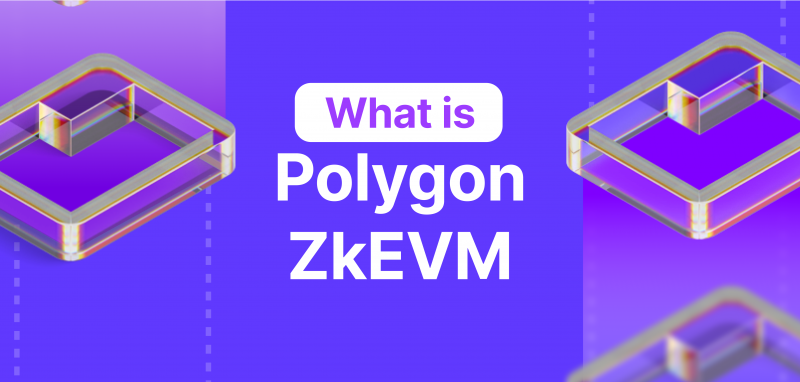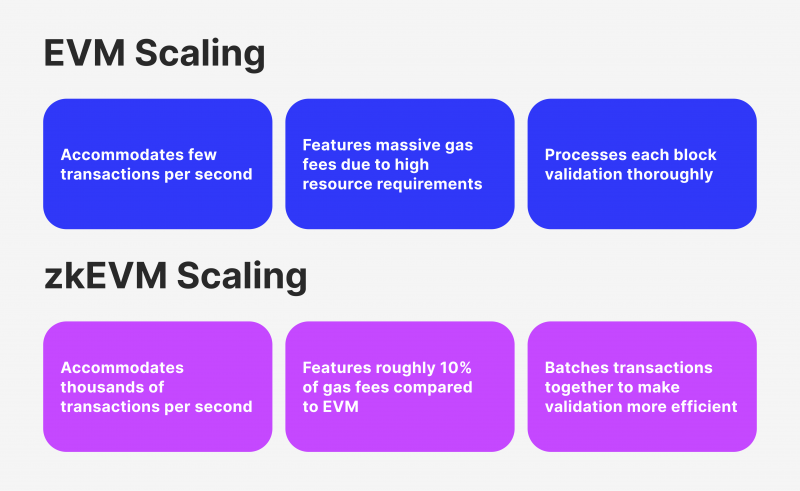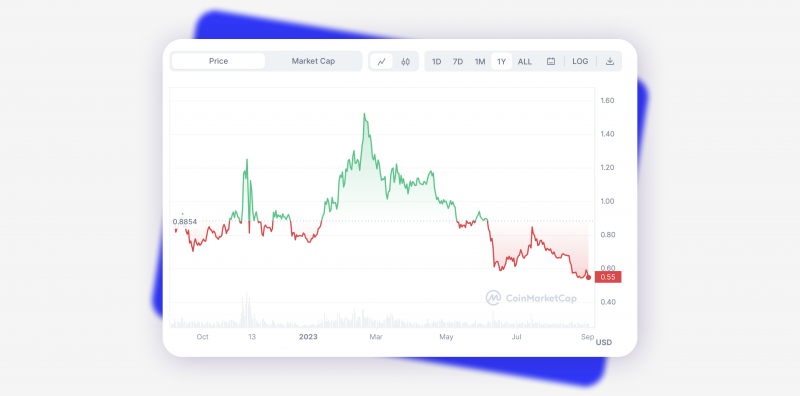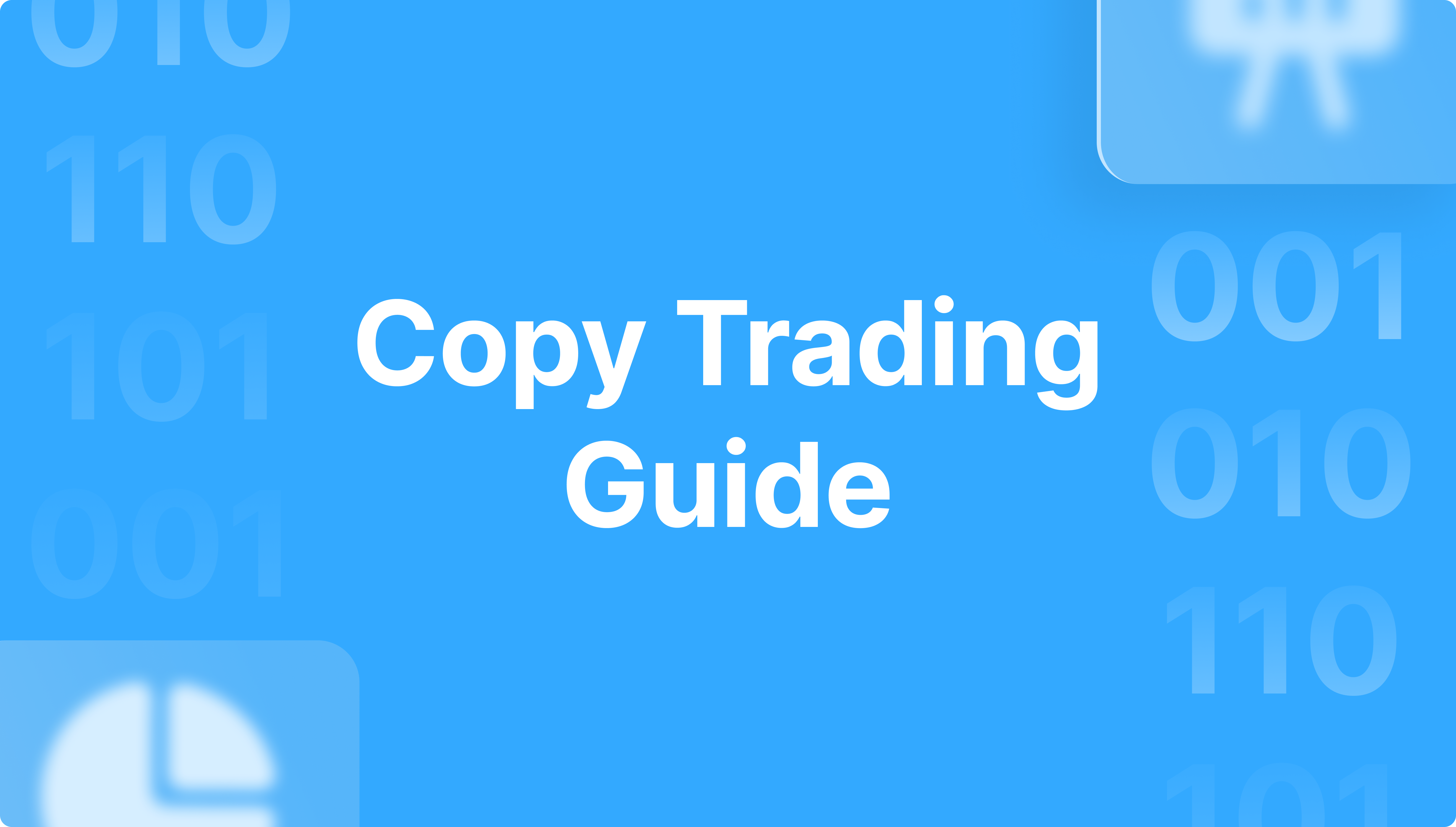What is PoLygon ZkEVM, and How Does It Work?
Articles


The scalability problems have long troubled the layer-1 blockchain technologies. Bitcoin and Ethereum, especially, have suffered from astronomical success, as their computational networks take exponentially more energy, time, and resources to process transactions.
Polygon’s latest solution to scalability concerns, the Zero Knowledge Ethereum Virtual Machine (zkEVM), is a fascinating concept that could pave the way toward alleviating the scalability limitations for good.
This article will explore the nature, significance, and implications of zkEVMs.
Key Takeaways
- zkEVM is a scaling solution constructed by Polygon, enabling Ethereum transactions to be faster, more secure and cheaper.
- zkEVM combines the zk rollup validation technology with Ethereum’s virtual machine to produce unprecedented block verification speed.
- Despite the innovative technology and efficiency, zkEVM and its creators face market challenges and price declines.
What is Polygon ZkEVM?
To examine the polygon zkEVM, it’s needed first to analyse the value and importance of the Polygon blockchain. Polygon is a layer-2 solution that can operate outside of the blockchain mainnet networks. The layer-2 methodology allows the Polygon network to be much faster and less costly than oversaturated layer-1 platforms.
The layer-2 technology was created specifically for this purpose – to take the load off the mainnet blockchains like Ethereum, Bitcoin, and others. Polygon, one of the more successful and efficient layer-2 solutions, is utilising this new methodology to yield unprecedented scalability results. Today, Polygon is a catalyst for Ethereum transactions, drastically increasing the transactions-per-second metric for the network. Without Polygon, Ethereum’s TPS is merely fourteen transactions, which is concerning considering the sheer number of Ethereum users.
However, that number skyrockets to 7,000 transactions per second with Polygon, which is a remarkable upgrade over the layer-1 offering. Thus, Polygon is not a competitor or alternative to the Ethereum network. Instead, it supports Ethereum’s scalability issues, letting the second most popular blockchain overcome its oversaturation roadblock.
To achieve this goal, Polygon utilises several scalability solutions like Miden, Zero and Nightfall, to name a few. However, their most recent resolution, zkEVM, is gaining popularity and traction in the crypto community due to its marked advantages over other scalability algorithms. In simple terms, zkEVM combines the ZK rollup methodology with the Ethereum Virtual Machine (EVM) platform to produce a unique scalability solution. Thus far, zkEVM has been the most successful use case in minimising Ethereum’s scalability concerns.
How Does Polygon ZkEVM Bridge Work?
To truly grasp the concept of zkEVMs, it’s essential to understand the Zero-knowledge rollups and EVMs separately. Firstly, EVM is a computational platform that allows all Ethereum functionality related to smart contracts and decentralised applications. EVM is a massive computer that powers every aspect of Ethereum, from transactions and block validation to the construction of decentralised applications.
Even simpler, EVM is an engine that makes everything tick on Ethereum. Despite EVM’s seemingly limitless computational capabilities, it still struggles to accommodate such a robust Ethereum ecosystem. Therefore, layer-2 networks have been actively seeking ways to increase EVM’s resource allocation and efficiency.
Zero-knowledge (ZK) rollups are such one solution, letting the EVM platform operate well beyond its layer-1 capabilities. In layman’s terms, ZK rollups process blockchain transactions off-chain, which drastically reduces the tax on the EVM’s computation resources. Moreover, ZK rollups employ an innovative way to analyse and validate transactions. ZK rollups do not require going through the entire transaction data during this process. Instead, only a tiny data fraction is enough for verification.
To further visualise this process, imagine ten thousand Ethereum users wishing to conduct a transaction simultaneously. Without the ZK rollups, only a little over a dozen transactions would be processed immediately. Thus, hundreds of users would simply have to wait for minutes or hours. Naturally, higher processing times result in more extensive gas fees, which further increases user dissatisfaction.
However, with ZK rollups, these transactions would not be processed on the layer-1 mainnet. Instead, they would be batched together and processed outside of the network. Since ZK rollups have the algorithmic capability to validate transactions after analysing their small fraction, this process will take much less time and yield much lower gas fees as a result.
EVM vs ZkEVM
As outlined in the example above, combining zero-knowledge protocols and Ethereum’s supercomputer produces unprecedented scalability and efficiency. Compared to the layer-1 EVM, this is a Pareto improvement. First of all, zkEVM is much faster, having the ability to combine thousands of transactions within a single validation process. This ingenious method of block verification saves thousands, if not millions, of aggregate user hours every single day.
The key factor here is the zero-knowledge protocol. As the name implies, ZK rollups require minimal transaction knowledge for processing. Imagine a financial expert who can look at the financial statements and provide a comprehensive analysis by only assessing several ratios and nothing else. In comparison, the EVM acts as a financial expert obligated to examine every single number in the financial report. The improvement is quite obvious, as zkEVM is able to save up massive amounts of resources and time.
Naturally, lower resource usage leads to significantly lower gas prices. zkEVM has thus far managed to reliably decrease gas fees by over 90% across the board. With such a massive commission relief, users can trade more actively without being concerned about massive gas fees.

MATIC Performance After ZkEVM Launch
Despite the innovative methodology offered by the zkEVM scalability solution, Polygon’s future is in jeopardy. zkEVM was launched in March 2023, which was meant to be a watershed moment in the Polygon timeline. The crypto enthusiasts and experts believed that zkEVM’s launch would signal a new chapter in Ethereum’s and Polygon’s growth. However, the reality has been quite different from initial expectations.
Matic, the native currency of Polygon, has been on a steady decline ever since its peak in March 2023. There are numerous variables involved in this concerning trend. First of all, Polygon’s new user adoption has been slow after the launch of zkEVM. While there are new wallets being created, most users tend to sell Matic for more lucrative coins with the same layer-2 utilities.
In general, it seems like the public has lost confidence in the future of Polygon, which is quite unusual compared to the previous periods. It will be fascinating to see if Matic recovers and continues popularising the zkEVM scaling solution.

Final Takeaways
With the introduction of zkEVM, the Ethereum network received another significant boost to its scalability. ZkEVM methodology allows users to transact with unprecedented speed and minimal gas fees. However, the creator of zkEVM, Polygon blockchain, has been on a steady price decline since March despite its tangible utility and valuable products. It is yet to be seen if Polygon and its zkEVM protocol overcome adversity and achieve their full potential.














